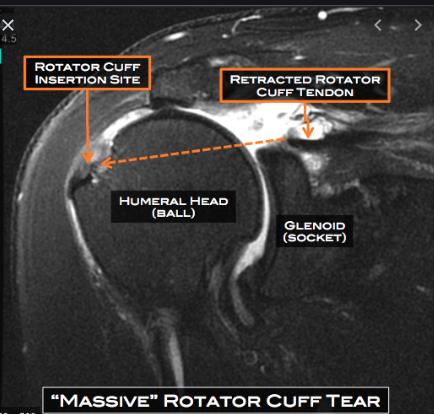
Your doctor will measure the number of degrees your arm can move when rotating. This will help the doctor to determine if you have a more complex injury in your shoulder and rule out any other rotator cuff injuries that may be present.Ī set of range of motion and strength tests will be completed by the doctor including the Drop Arm Test. Your doctor may also consider any previous shoulder injuries or joint stiffness that you may have had in the past. Range of motion tests will be done to see how much movement has been lost in the shoulder. The best way to diagnose this condition is with a quick visit to the your doctor for a physical examination of your shoulder.

This may mean you are suffering from arthritis or osteoarthritis (especially is the crackling occurs with consistent snaps or pops). Other symptoms, like a crackling sensation (crepitus) in your shoulder, could be a sign of degenerative conditions in your arm. This freezing sensation (where mobility is completely reduced) may be a sign of another injury called frozen shoulder or adhesive capsulitis. If you're suffering from a chronic rotator cuff injury you may have developed a sticking or freezing sensation in your arm. Pain may increase with certain activities, like raising your arm to reach for something off of a high shelf, brushing your hair or teeth, getting dressed, or reaching behind your back. These trigger points, or hypersensitive areas of pain, are known to be a source of on-going pain and lack of blood flow within the tissue. Trigger point pain is pain that comes from a specific spot in your rotator cuff muscle that has become a hypersensitive area. If you do have pain, you may experience something called 'trigger point pain' in your shoulder and possibly feel weakness / instability. You may also notice swelling after exercise or daily activities. At this point your rotator cuff injury would also be interfering with your sleep, causing pain and night and forcing you to wake up several times to adjust your sleeping position.ĭegenerative rotator cuff tears start out subtly but the pain gradually increases over time. Over time this weakness will turn into a limited range of motion and inability to raise, lower, or rotate your arm - resulting in pain. If your rotator cuff tear is big enough you might feel weakness (instability) in your shoulder. Immediate, intense, pain will follow - especially when you try to raise, lower, or rotate your arm. If the injury is severe enough, you may also have some bruising on your shoulder. Swelling around your shoulder will happen within a few hours after the injury or in the following days. If you've suffered a traumatic sudden injury to your shoulder, you may have heard a sudden popping sound or felt a tearing sensation in your shoulder.

What Are The Symptoms of a Torn Rotator Cuff? The location, type of tear and any other injuries in the joint can greatly influence your ability to recover from and heal your torn rotator cuff. If you are experiencing any of those symptoms or you're suffering from on-going pain in your shoulder then you might have a rotator cuff tear injury. Your sleep every night is disturbed, especially if you lie on your side that's affected by your rotator cuff injury.You sometimes feel a crackling sensation in your joint when moving your shoulder in certain positions.You hear a popping sound or feel tearing sensation in your shoulder.You feel weakness when lifting or rotating your arm, especially when reaching for something behind your back, combing your hair or changing your clothes.You have pain while lifting or lowering your arm, or with specific arm and shoulder movements.You have immediate pain or a dull ache deep in your shoulder.


 0 kommentar(er)
0 kommentar(er)
